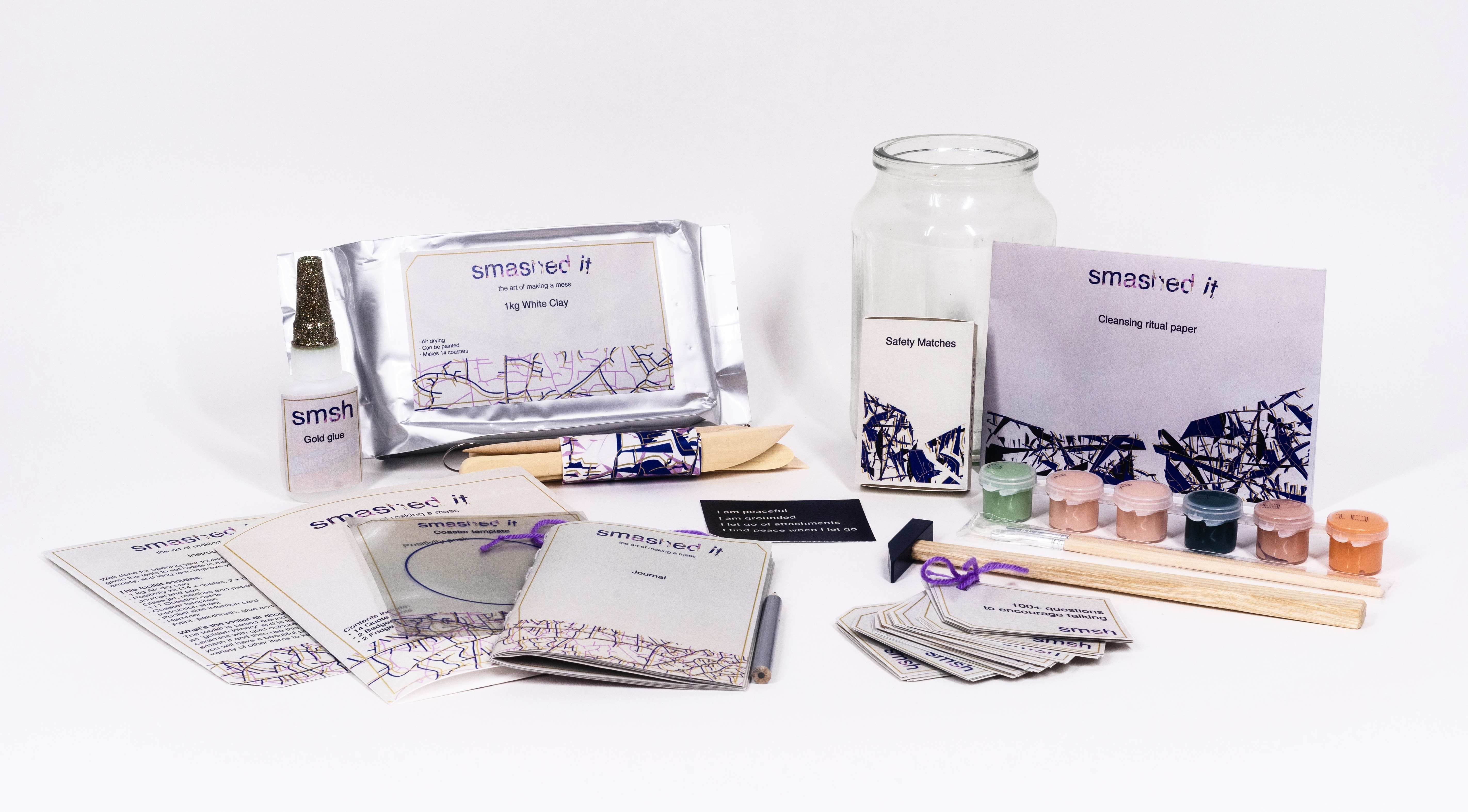

Using the kaizen method for self-improvement, create a toolkit to improve a user’s mental health.
It is estimated that only 14 percent of the UK population has a high level of well-being, so my toolkit is aimed at increasing that through small changes. In 2010 the UK Government developed five ways to well-being, a scheme to improve people's mental health. The five ways include connect, be active, take notice, keep learning and give. This is a user-centred design project which uses the Kaizen method of being continuously 1% better for 100 days to achieve something. The toolkit I designed addresses anxiety and gives the user tools to help them cope and improve their mental health past the 100 days.


First I familiarised myself with my hypothetical user persona Dominique, as I felt it was important to fully understand who I was designing for. Some characteristics of her life include being busy, so my toolkit would have to use short tasks to fit with her schedule. She is also a social person but struggles to talk about her anxiety and her emotions often build up. I was also thinking about potential design considerations from her having Kenyan heritage such as colour connotations.
I created a persona mood board with visual inspiration to aid my design choices.

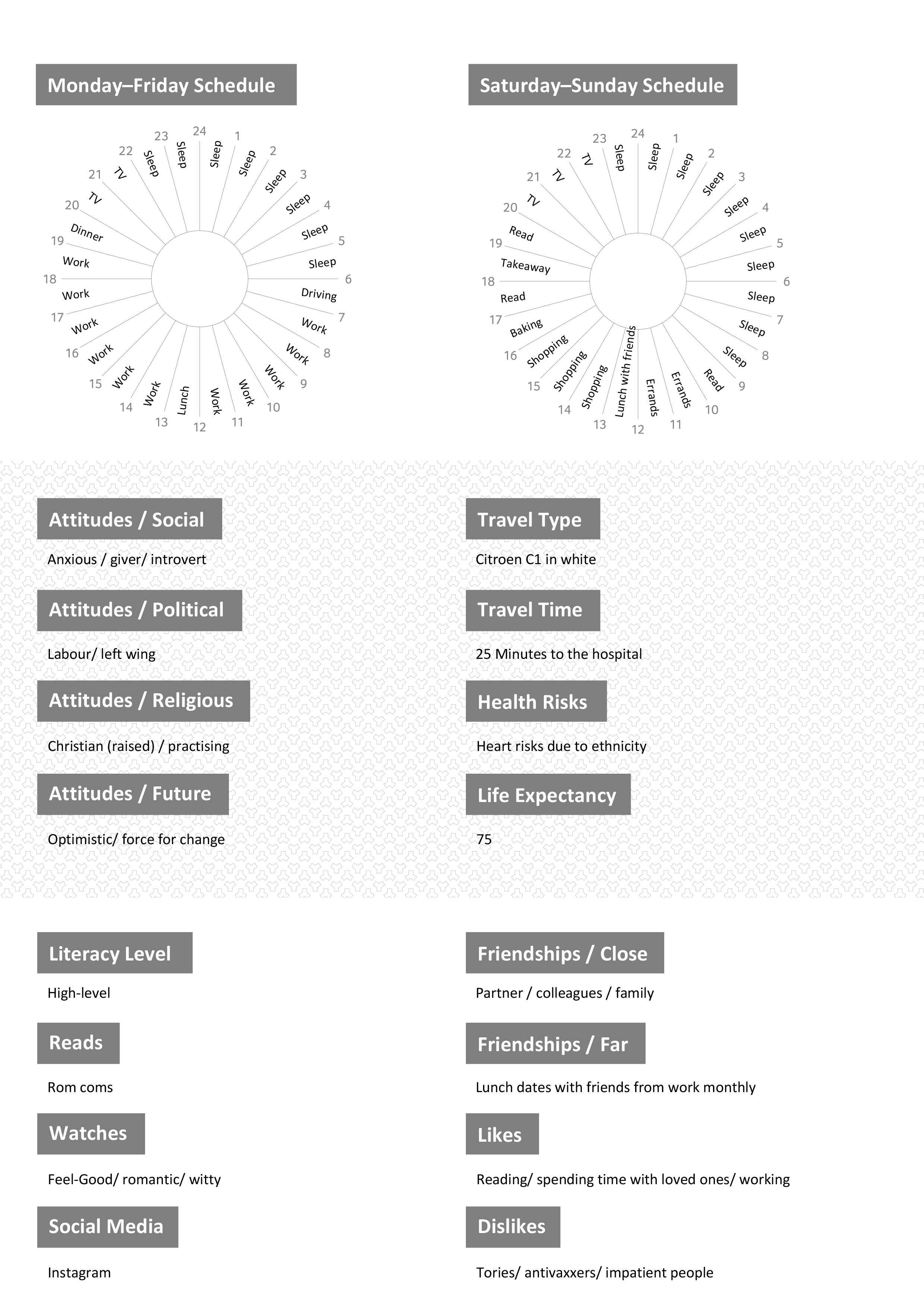
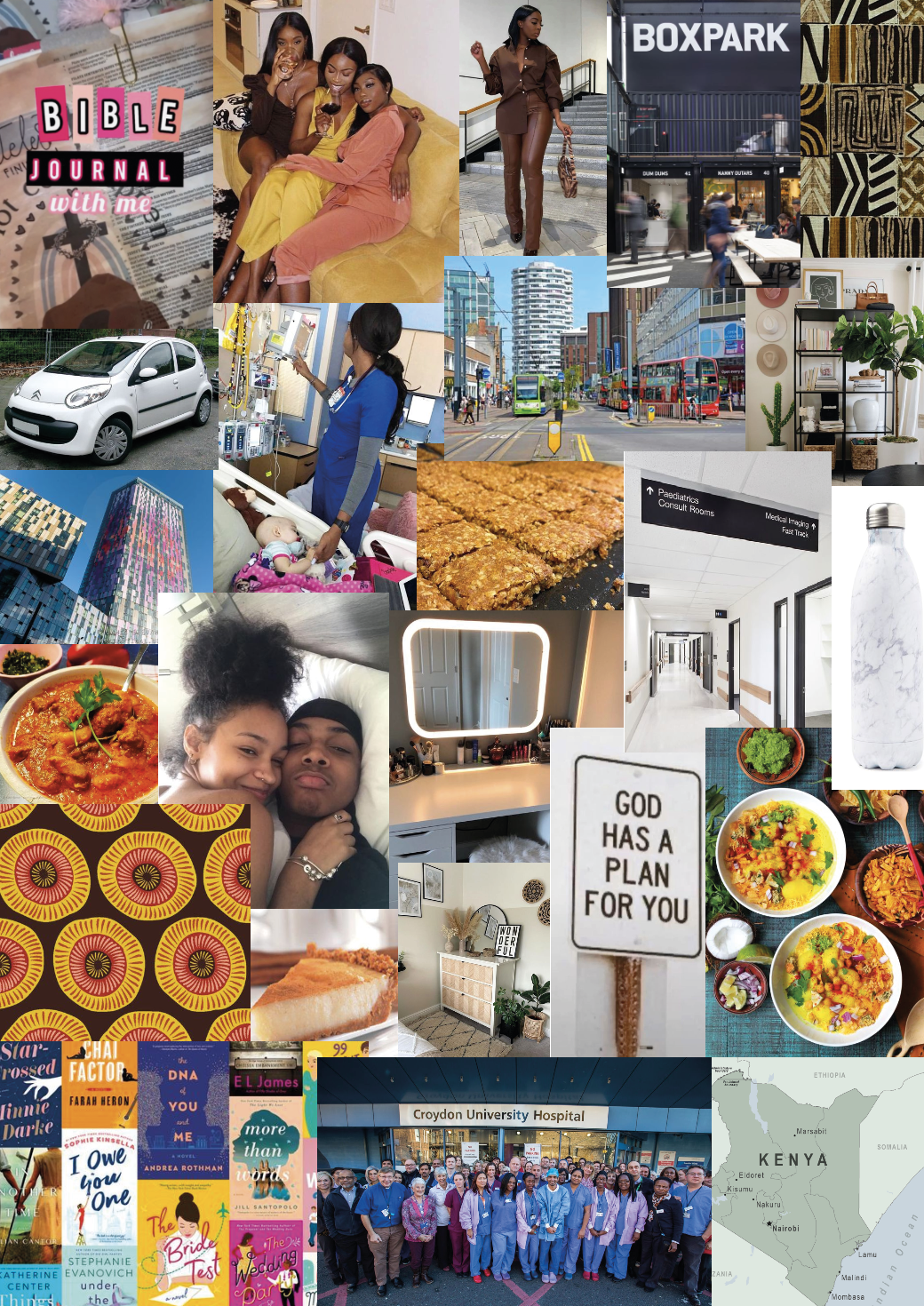
Through my primary research, I found a lot of journal-based aids, with trackers and prompts to help the user document how they’re feeling day to day. I then looked more specifically online at nurse wellbeing kits, which were all similar with items in such as hand cream to help psychical health. From this research, I noticed a gap; no products were targeting the mental health of nurses.
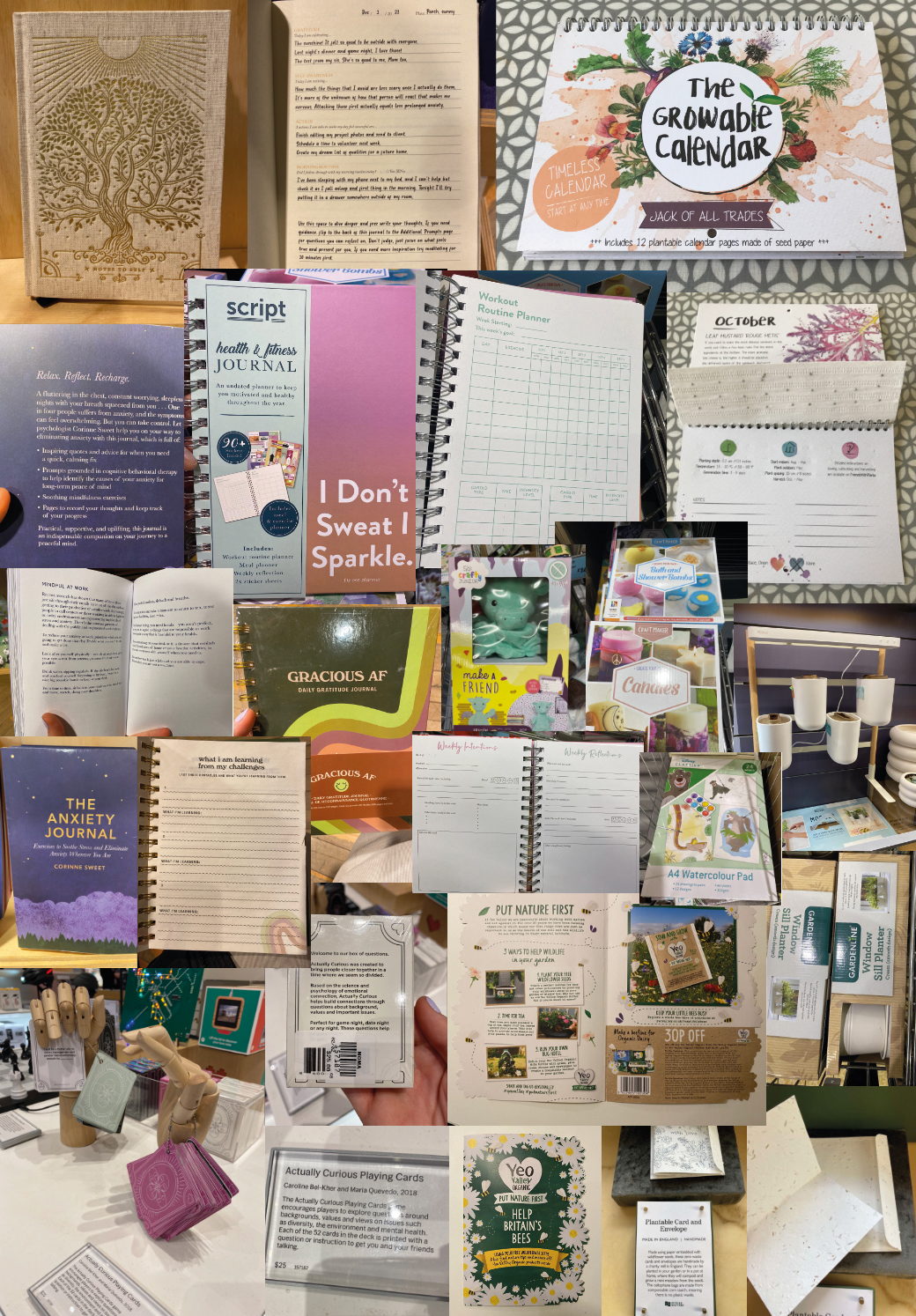
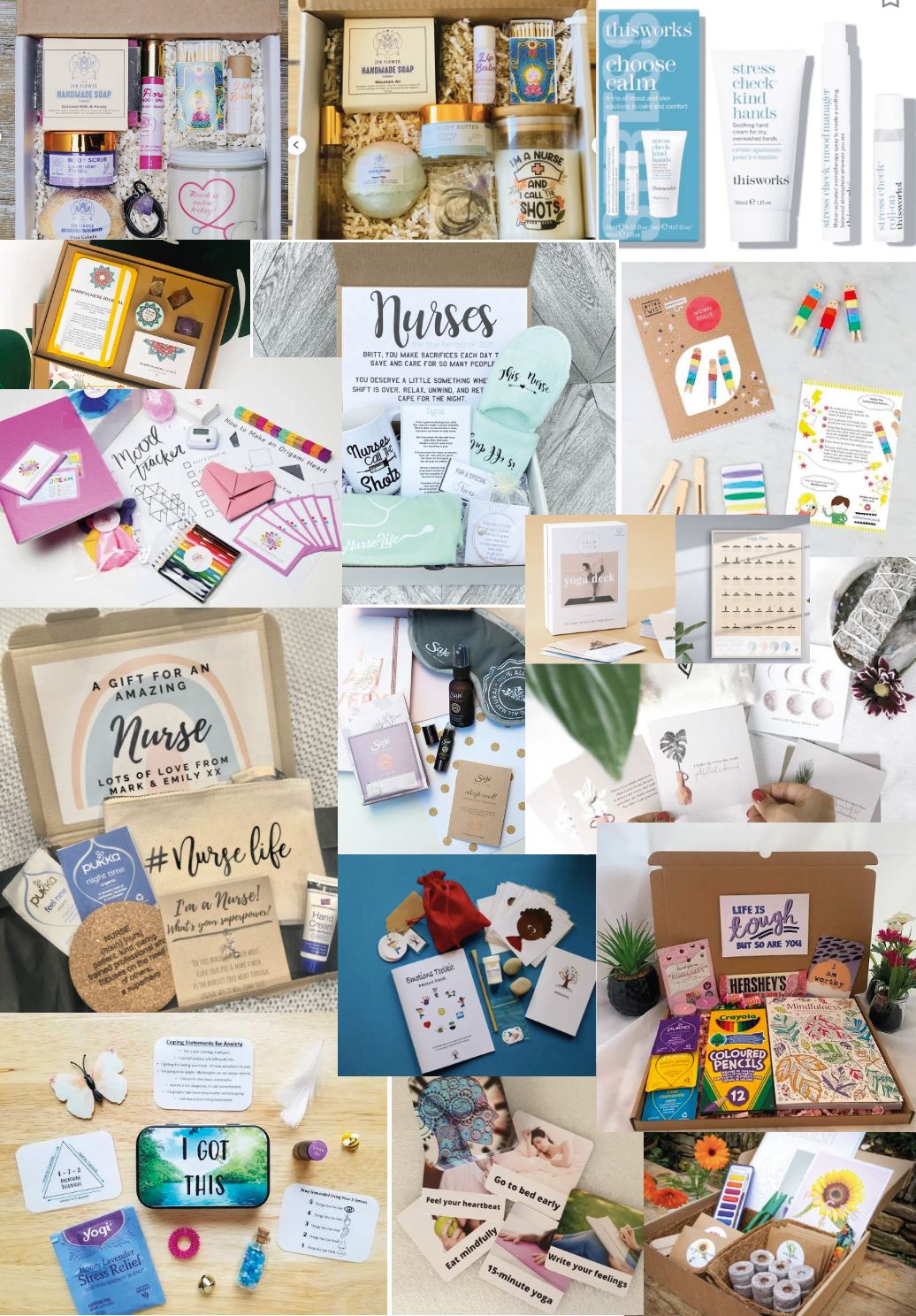
I found out that the NHS does have a campaign which encourages healthcare workers to talk but to further understand how the work nurses do impacts their well-being, I got in contact with someone who fits my user persona to ask some questions. Their answers were very insightful and I realised that providing the tools to help at work and encourage talking would be most beneficial to my user.
The interview also proved to me that nurses struggle with anger related to their work, and I developed the idea of using clay in a kit by thinking “what if they could smash it?” This lead me to later develop the theme of ‘Kintsugi’.

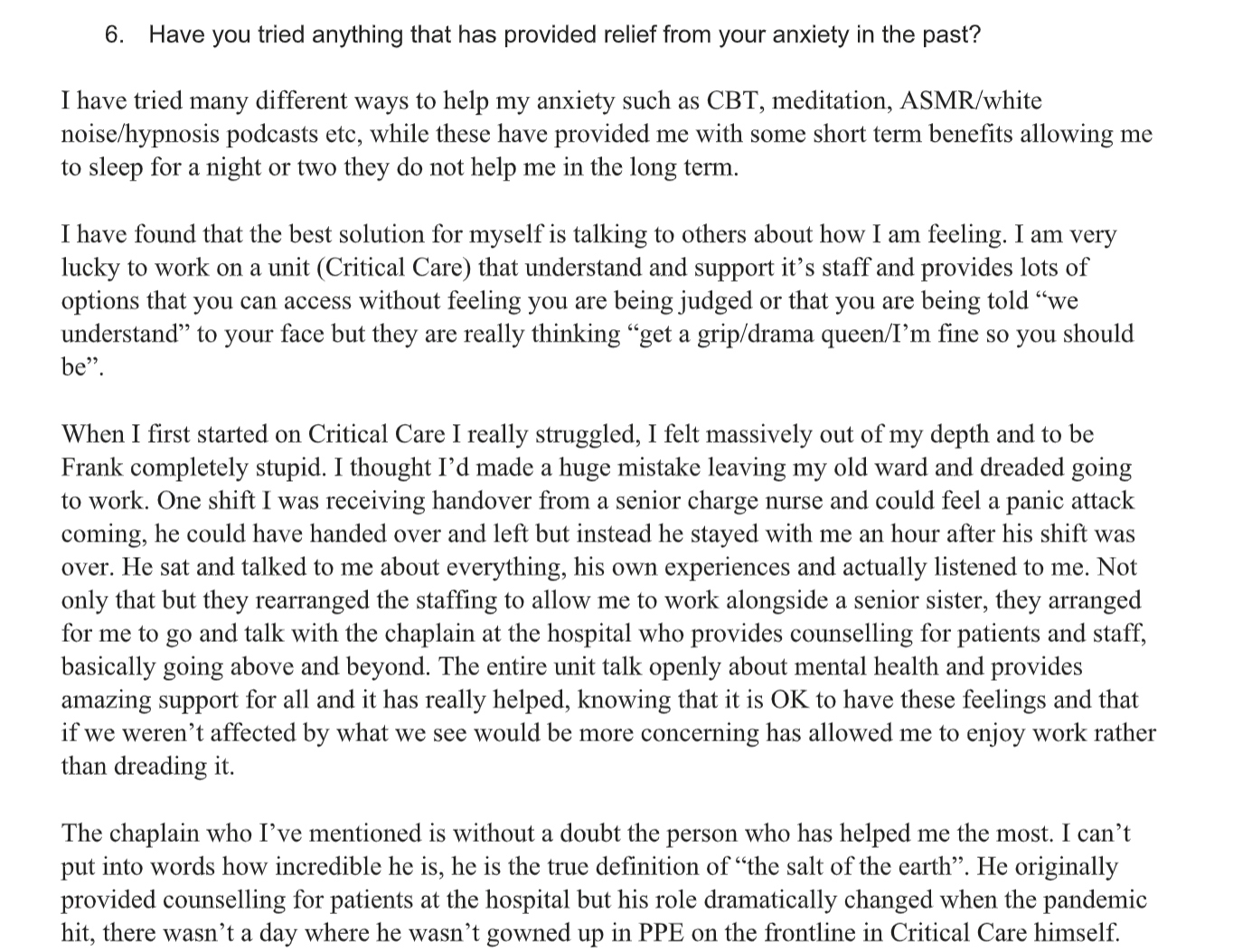
I received useful input in a group session where we were brainstorming potential toolkit ideas for my user. Ideas included a daily journal, an adult colouring book and a mock-tail kit.

My first idea, titled Smashed It, is a clay based toolkit which is modern, fun, and interactive. The pattern is inspired by clay pieces which combined with the dual meaning ‘smashed it’ creates a well-rounded brand identity. I created quick prototypes of the toolkit contents to test for scale and usability.
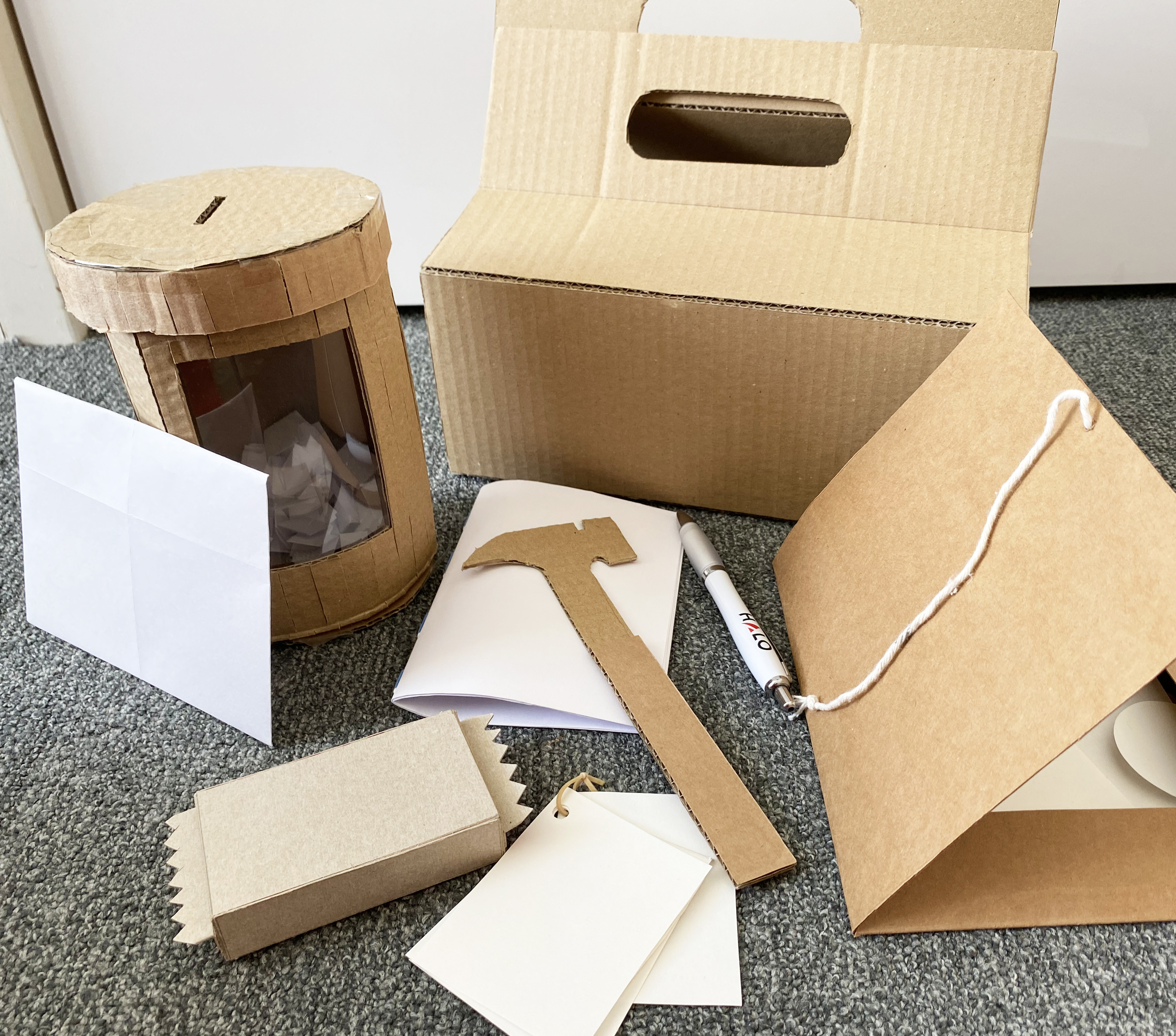

My second idea, titled Flourishing, has feminine semiotics with flowers and a cursive font which combined with the pastel colour scheme, creates a calming style. It also encourages my user to get outdoors and be active. I created quick prototypes of the toolkit contents to test for scale and usability.
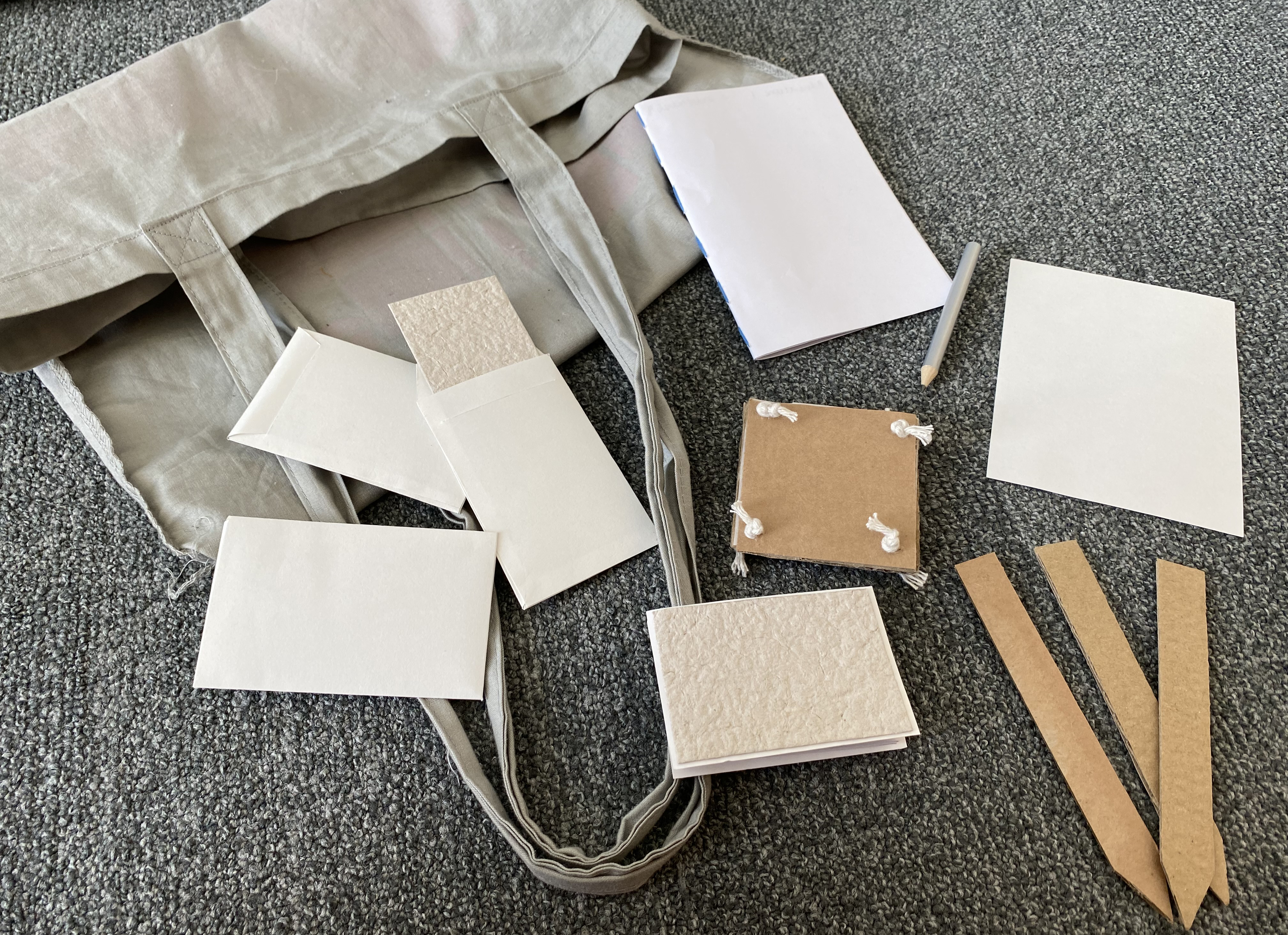
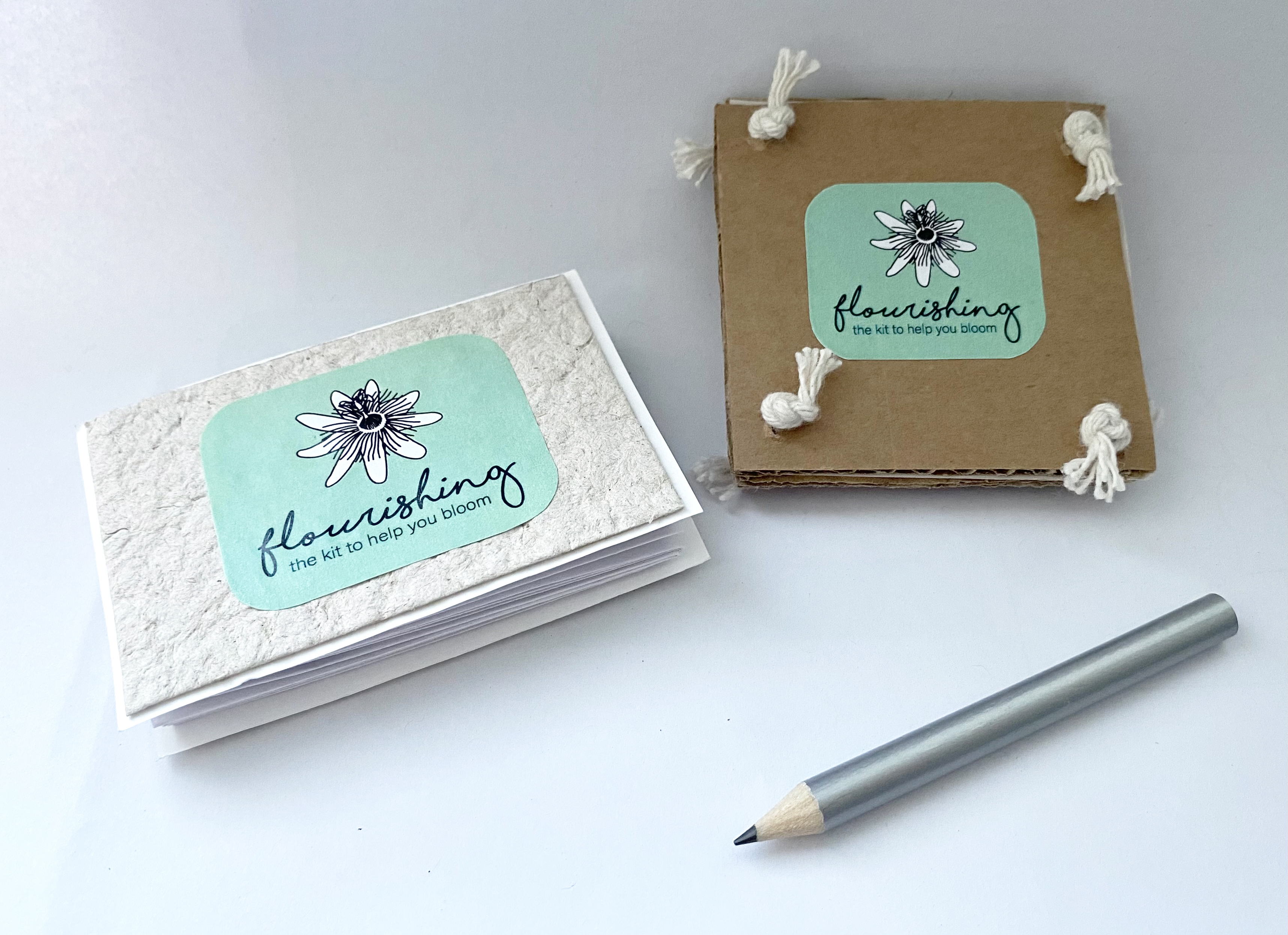
My third idea, titled Wasi Wasi, is a Kenyan-inspired toolkit. The logo means don’t worry in Swahili and the warm colours connote the heat of Africa. This kit is uplifting and evokes a sense of identity for Dom. I created quick prototypes of the toolkit contents to test for scale and usability.
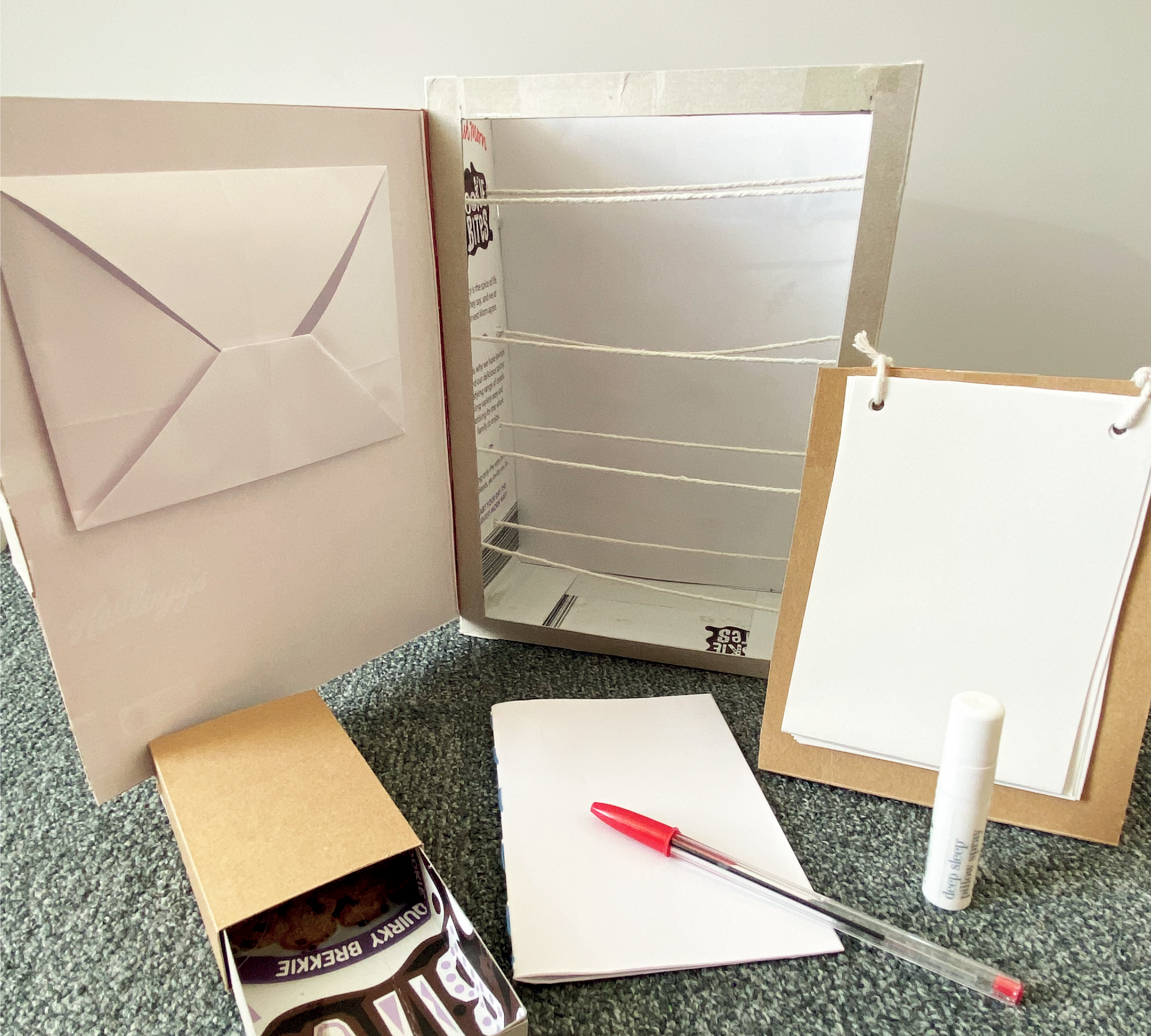

I decided to choose my first idea, the toolkit based on the idea of building and smashing pottery. I developed the branding for the kit by taking inspiration from roads in my user's home town. I explored different colour ways, being sure to use colours which had appropriate connotations.


My final toolkit is a convenient carry case that holds the contents securely. Inside are the items needed to help my user create new habits and coping mechanisms for her anxiety.



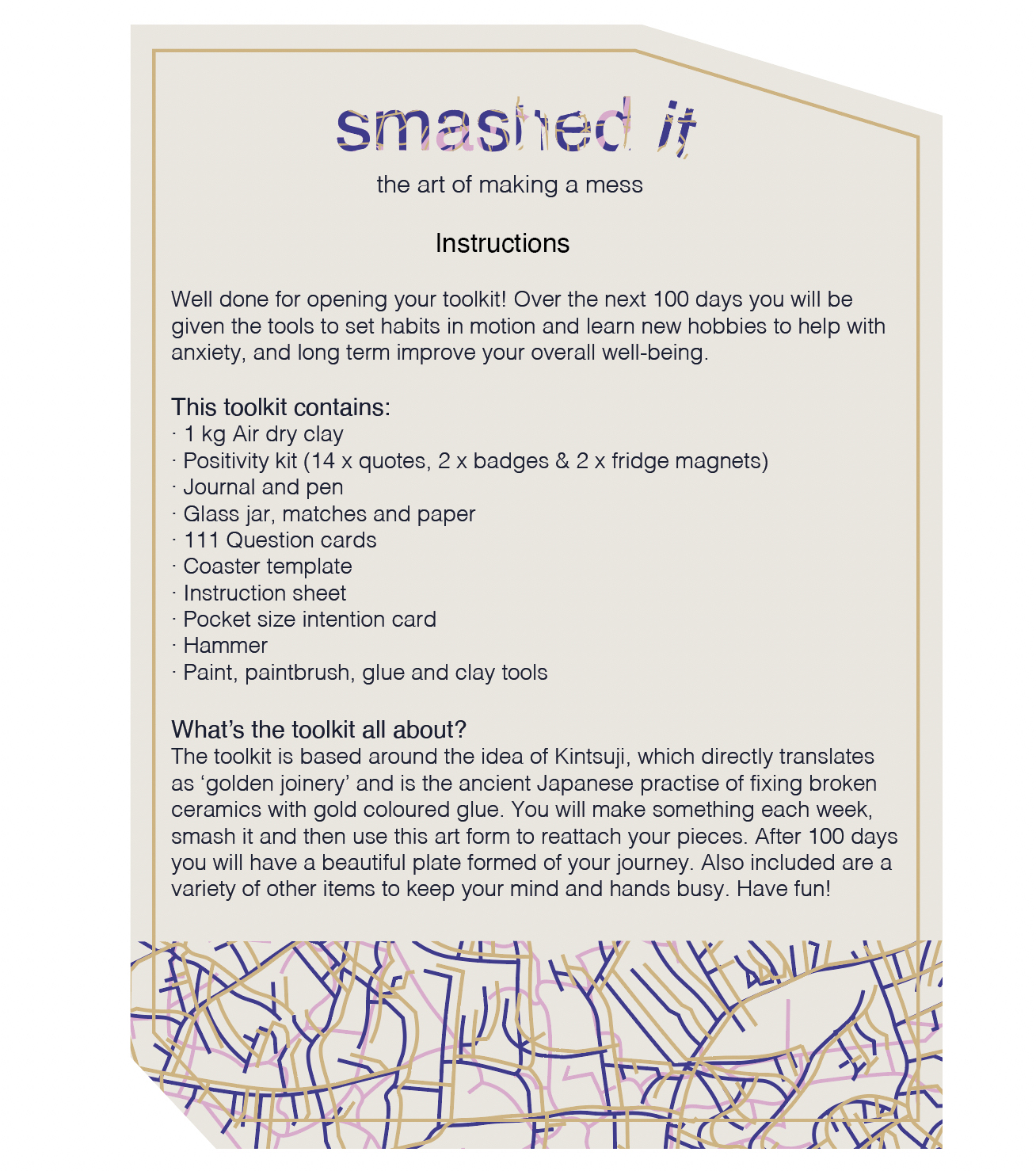
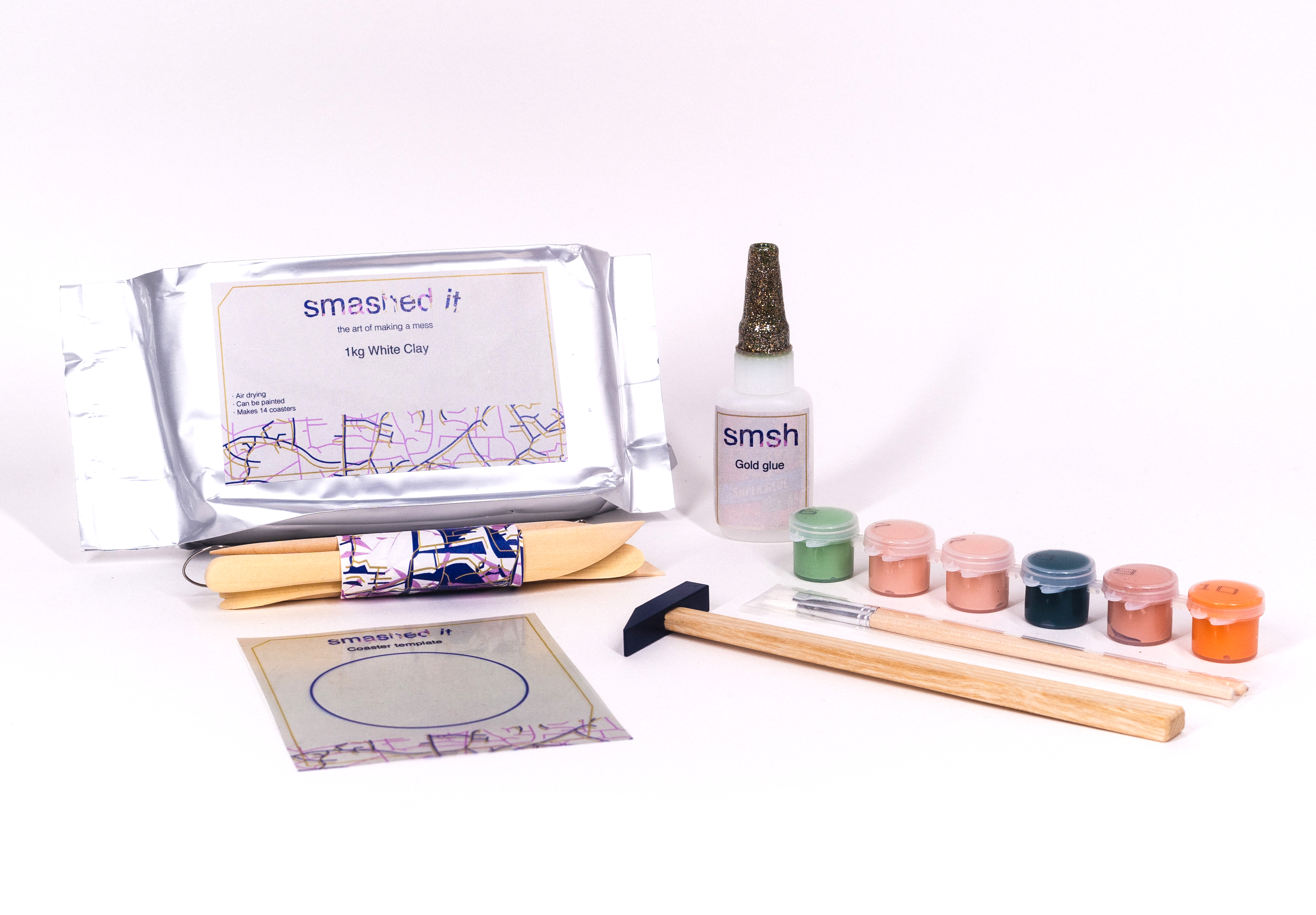
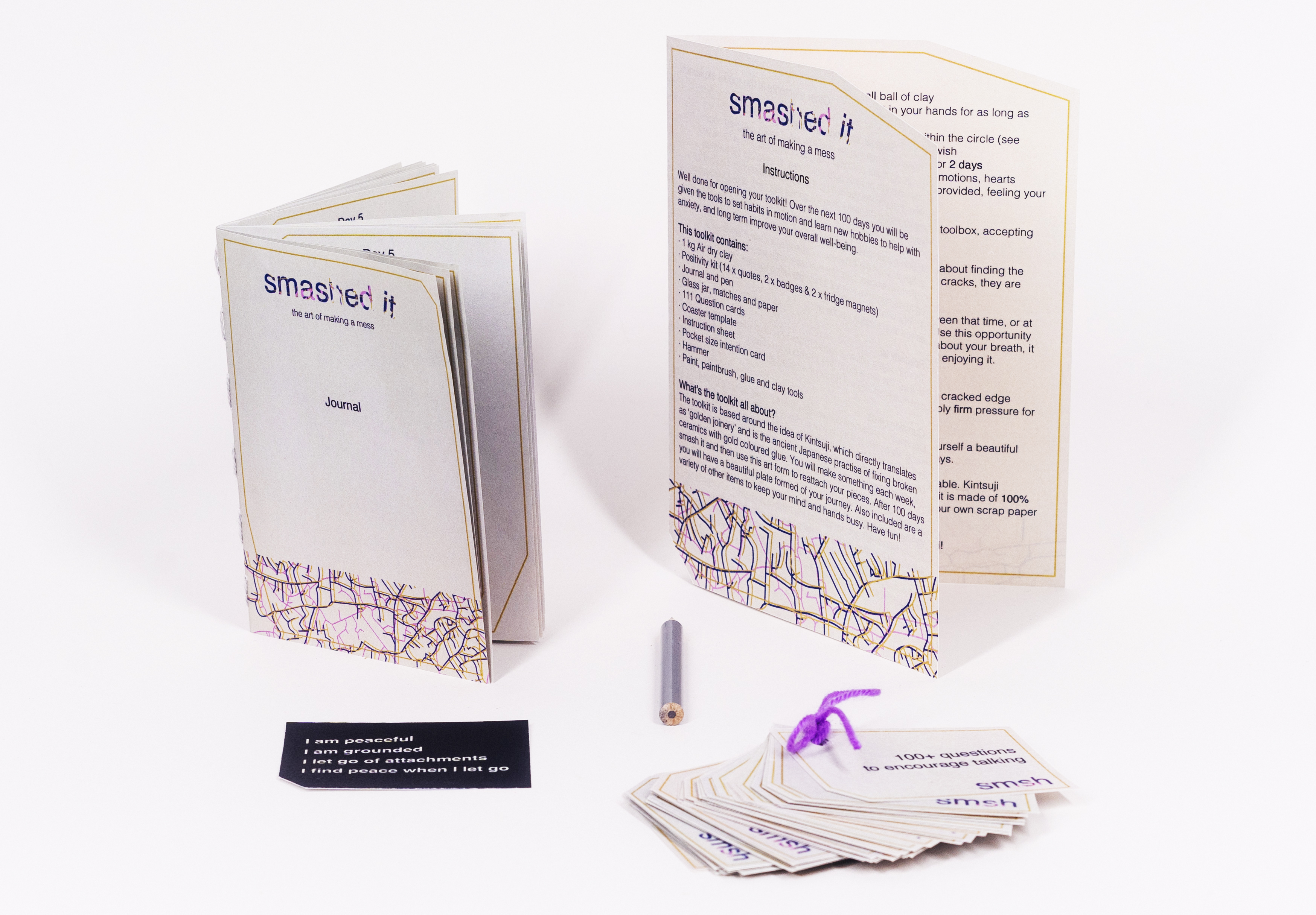

I think the key to the success of my toolkit was my thorough primary, secondary and tertiary research. As a user-centred design brief, invaluable to my research was the interview I organised with someone similar to my user persona. This helped me gain the most accurate understanding of the user and therefore successfully designing to change my user’s behaviour.
Throughout the brief my time management and use of the double diamond design model have been critical to producing my final product. After every prototype, testing the functionality among my peers forced me to be honest about the practicality of ideas and often resulted in me going backwards to research in the design process. Although the brief was individual, feedback throughout and acting on it was crucial to widening my scope of knowledge and is something I will take onwards. Due to my way of working, I think Dom has a well-rounded kit, entrusting her with new skills and tools to improve her anxiety beyond the 100 days.
I will take away from this brief that when designing for a user, you have the ability to change someone’s life through design.
Top